In particular, on the head of the guardian god on the two sides of the bronze spear salvaged in Thuy Nguyen ( Hai Phong ), these two pairs of horns are detailed into two curved-roof stilt houses, in the middle of the roof is the image of a short-beaked bird.

Portrait of the Dong Son guardian deity on a piece of bronze armor (left) and on a bronze spear salvaged from Thuy Nguyen, Hai Phong (right). Note the development in the pair of C-shaped horns lying on their backs.
This is a very rare detail that has helped me to confirm once again the most sacred position of the ritual stilt house as a sacred temple, the focal point of the decorations on the jars and the most prestigious Dong Son bronze drums.
In that stilt house takes place the central ritual of the Dong Son festival, where the main priest offers wine to the gods with a long, wide, two-handled bronze cup. On the roof of these stilt houses there are one or two short-billed birds, in some cases recognizable as peacocks, thanks to the circles at the end of their tails.

The image of the curved-roof ceremonial stilt house is always at the center of the Dong Son festival (Photo of Ngoc Lu bronze drum, taken from a photo by Pham Ngoc Long, Institute of Archaeology)
We return to the story depicting the guardian deity on the bronze spear. The head of the deity is crowned with a high cap that crowns the forehead and curves downwards at the ears, where there is also a symmetrical spiral extending from the end of the deity's eyebrows. The band of the cap is decorated with a serrated triangle. Above this brim are two bases supporting two C-shaped roofs lying on their backs, where two short-billed birds reside.

The curved roof stilt house on the surface of the Song Da bronze drum is currently kept at the Guimet Museum (Paris, France): The person offering wine uses a cup with two long handles, next to a leather drum, on the roof there is a divine bird. The pattern pattern was made directly by Frank Heger and printed in the book "Ancient metal drums in Southeast Asia", Leipzig, 1902
What particularly caught my attention was the decoration of the base supporting the pair of C-shaped horns lying on their backs. To support the pair of C-shaped horns lying on their backs, the ancient artisans skillfully created a frame with two sub-bases on each side to create the lower shape of a stilt house. At that time, the pair of C-shaped horns lying on their backs became the familiar curved roof of the ceremonial stilt house, where the short-beaked divine bird often resides. The extended parts of the sub-bases were also curled like fern buds, creating lively, tight symmetrical clusters on both sides of the hat.
The detail of the C-shaped horn symbol lying upside down on the head of the guardian deity with the curved roof of the ceremonial stilt house is very important, because it will help to shed light on the Lac - Au ethnic group relationship that I am trying to trace.
"To support the pair of C-shaped horns lying on their backs, ancient artisans cleverly created a frame with two sub-bases on each side to create the lower shape of a stilt house. At that time, the pair of C-shaped horns lying on their backs became the familiar curved roof of the ceremonial stilt house, where the short-beaked divine bird often resides" - Dr. Nguyen Viet. (To be continued)
Dr. Nguyen Viet
Source: https://baotanglichsu.vn/vi/Articles/3101/75480/van-hoa-djong-son-chien-tranh-va-hoa-binh-ky-5-can-canh-chien-binh-djong-son-mang-giap-tru-tren-trong-djong.html







![[Photo] Cat Ba - Green island paradise](/_next/image?url=https%3A%2F%2Fvphoto.vietnam.vn%2Fthumb%2F1200x675%2Fvietnam%2Fresource%2FIMAGE%2F2025%2F12%2F04%2F1764821844074_ndo_br_1-dcbthienduongxanh638-jpg.webp&w=3840&q=75)

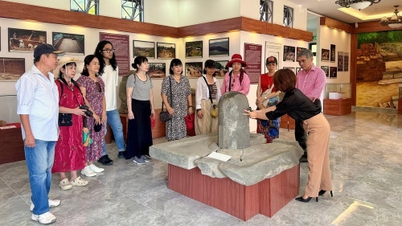

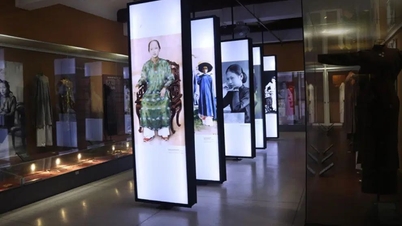

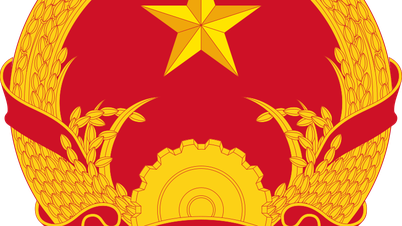






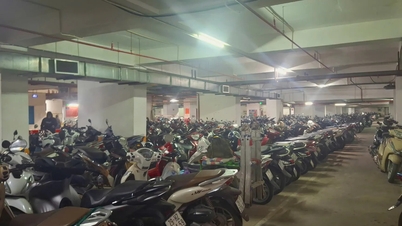




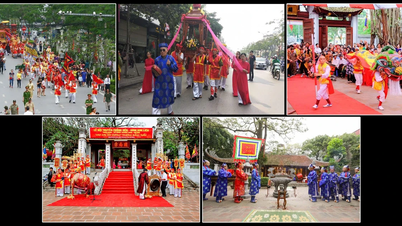



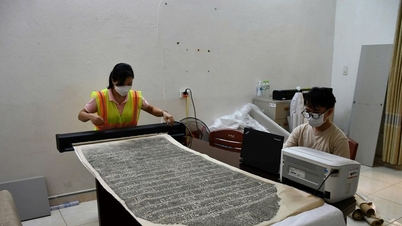

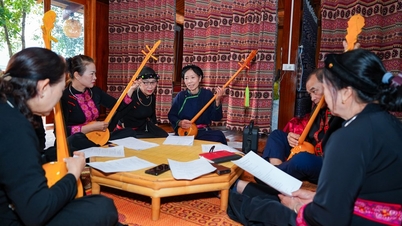



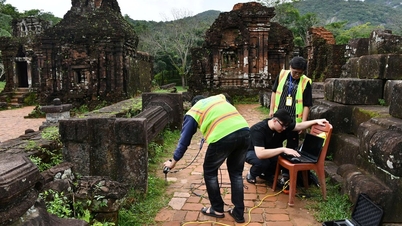




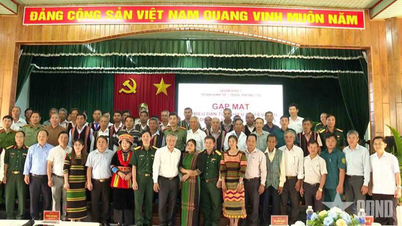



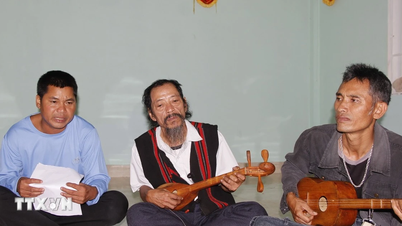
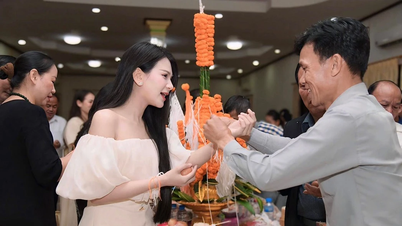






![[VIMC 40 days of lightning speed] Da Nang Port: Unity - Lightning speed - Breakthrough to the finish line](https://vphoto.vietnam.vn/thumb/402x226/vietnam/resource/IMAGE/2025/12/04/1764833540882_cdn_4-12-25.jpeg)
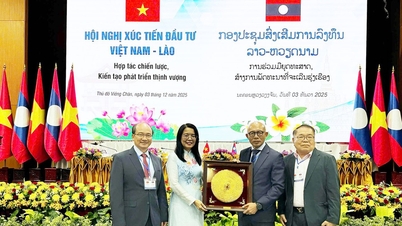

























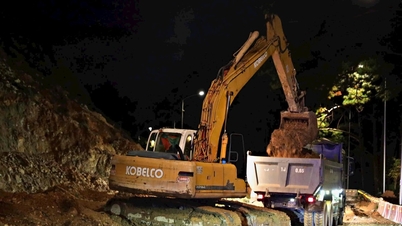





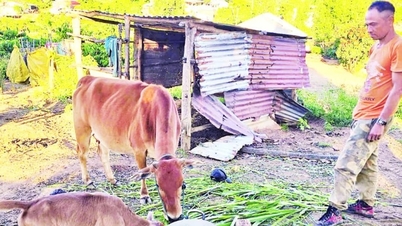













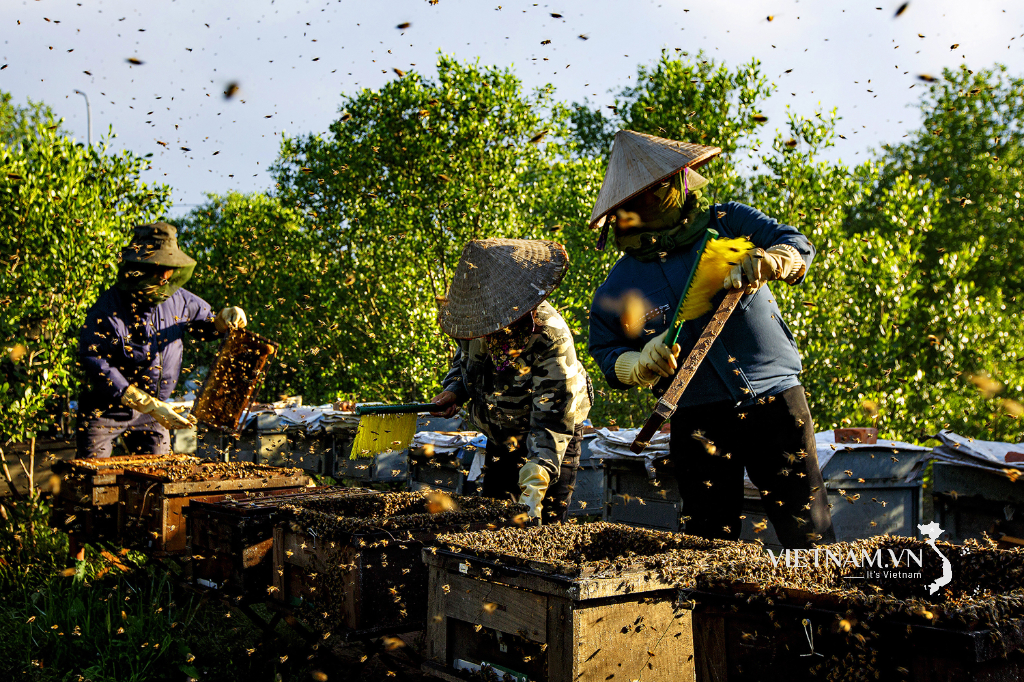
Comment (0)